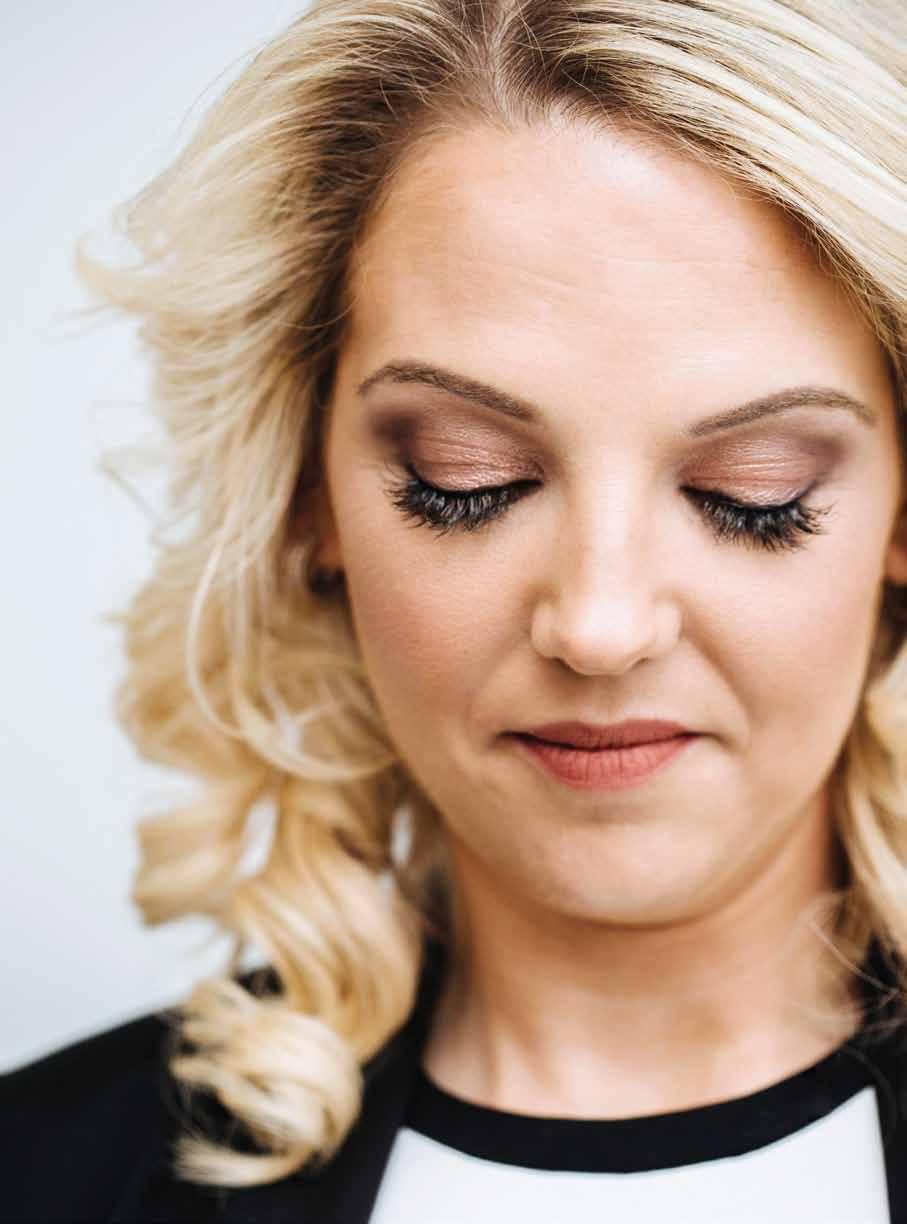
7 minute read
Targeting the

Targeting the
This time last year, Hampshire Trust Bank’s (HTB) specialist mortgages offering was likely to have been on your radar, but you may have been unsure why. In a bid to transform this perception (or lack thereof), the bank has decided to completely redefine and relaunch this particular division—with assistance and direction from a trio of industry heavyweights—and is currently embarking on a major distribution
drive. Is it paying off? In January alone, the specialist mortgages team approved over £130m worth of DIPs, up from £20m the year before. And, according to the lender, this is just the beginning.
Exclusive I n April 2018, Matthew Wyles, former Castle Trust group executive director, joined HTB as CEO and was soon followed by a formidable double act: Charles McDowell (former commercial director of mortgages at fellow specialist bank Aldermore) and Alex Searle (also previously of Castle Trust as MD for mortgages), who stepped into HTB’s specialist mortgages division as MD and sales director respectively. Alex started on 2nd July and the following day was already picking out the sub-sectors of the market that the specialist mortgages division (which includes complex BTL and bridging) wanted to be known for. Over a couple of glasses of Prosecco, we discuss why the bank needed to make key changes and how specialist mortgages now has the biggest growth potential. “I think it would be fair to say that it has significantly underperformed,” Alex admits. “The feedback that I had had from brokers on HTB [the specialist mortgages side] was, ‘I don’t really know what it is they do.’” Alex explains that the first thing she did when she arrived was understand exactly where the bank was going to focus and what products it was going to specialise in.
While HTB’s bread and butter is portfolio landlords, one core area it has now defined (when looking at borrower type) is expats and foreign nationals. “People say, ‘Foreign nationals is a dying market,’” she says, “but if you look at the statistics, actually, investment into the UK is still seen as a really attractive proposition, because the depreciation of sterling, for example, counteracts that level of uncertainty.” HTB looks at foreign nationals that are based abroad and doesn’t penalise them on rate or LTV. The bank will also support first-time landlords in a particular sector. “For us, we would do a semi-commercial for somebody that has never had a semicommercial before, or we would do an HMO for somebody who has never had an HMO, and, likewise, we would do a first-time landlord [deal] for somebody who is buying their first property.”
On top of this, Alex tells me that the bank has just launched a ‘5-2’ product following the recent popularity of the five-year fix in the BTL market. In short, the product is fixed for five years, but is only tied in for two. “How many people know what they are going to be doing in five years’ time?” Alex asks me. “Very, very few. So, tying clients in with a big portfolio for five years, is that really the right thing to do? With this product, we can stress at five years, but you are free to leave HTB after two years, even though your fixed rate will continue for five. That is the kind of innovation we want to create within the market.”
In mid-December, the bank’s bridging proposition also relaunched. “We have to establish ourselves in the bridging market,” Alex admits. “…We are not fools. We know that we are not market leaders at all, but with the rates that we have, we could be, so we want to press on in [that] market,” she adds. Alex says that redefining its bridging offering was probably the easiest relaunch she’s ever had to do. “In fact … when I came in, I looked at the bridging rates and the first thing I thought was, ‘Wow—this must be the most popular product within HTB.’” Its bridging rates start from 0.55% and are done by LTV bands. “I realised very quickly that the only reason that it hadn’t taken off as it should’ve done was down to inefficiencies in the short-term lending process.”
So, while the bridging product remains the same, the division has since ring-fenced a bridging team to ensure speedier transactions. This means that its underwriters, valuations, legal system and completions are all separate from other product offerings. “I think the biggest grumble with brokers when it comes to bridging, especially when it’s banks that have gone into bridging, is that ‘term underwriters’, when they pick up a bridging deal, underwrite it as a term deal,” Alex adds.
This has resulted in both the complex BTL and bridging teams expanding significantly. “We have nearly three to four times the Words by BETH FISHER Photography alex chai




amount of staff we had when I joined in July,” Alex explains. This means that there are now five face-to-face BDMs, five internal BDMs, and dedicated underwriters, processors and completions managers. “So, if I’m a broker, I have five people all the way through that I have direct contact with so that every stage of the process I’ve got somebody I can talk to,” Alex says. “And that has been just like gold dust to brokers.”
Since redefining the specialist mortgage offering, the BDMs have been on a mission to educate its existing distribution. It has also been key—greatly assisted by the knowledge of its BDMs and Alex, Matthew and Charles—to identify brokers which specialise in their areas, as well as those that see specialist finance as a growth sector. “We are not going fully whole of market,” Alex confirms, adding, “it’s not a numbers game.” She tells me that there are lots of brokers within the mainstream market that can see the opportunity to develop into specialist finance. “We want to work with those guys,” she says, highlighting that the bank wants to assist and educate them. “It’s not just about picking the brokers that we all know,” she adds. “There’s masses of brokers out there that want to get into the specialist [market] that just need that support, and that’s what BDMs are there for. I’m a massive advocate of BDMs; they are crucial, now more than ever.”
In her previous roles, Alex claims they had a very clear ‘80/20 rule’—whereby 80% of business was coming from 20% of their distribution. “I am really, really set on not having that again,” she says, adamantly. “You spend a lot of time talking to brokers, onboarding sectors, and if they’re not going to be in your areas, then that is just a lot of wasted time and energy,” she explains. When Alex joined the bank, it had a total of 35 brokers on its panel. “The analogy that was used then when I came in was ‘to
hit the numbers that we should be able to achieve is like filling up a swimming pool through a straw’ ... you have to widen your distribution.” Fast forward six months and it has grown to almost 300. It is anticipated that by the end of this year the figure could hit the 700 mark. That’s almost a 2,000% increase in brokers—and these numbers exclude networks. Currently, HTB is at contract stage with five big networks. “There’s some big AR numbers out there, but onboarding 3,000 ARs is not going to add value to anybody—the networks, the brokers or us. So, the conversations we have had with networks are, ‘Let’s identify who the brokers are that are specialising in our sectors and let’s deal with them…’”
I ask Alex what the broker figure could potentially look like if she was to include the networks. “I would say from each network, there is going to be 10–20% of their AR distribution that are real specialists in these markets. And with the ones that want to step into [specialist], I would say we would take 30% of each network. So, I think we would be looking at 1,000–1,500 by the end of the year.”
The specialist mortgages division expects 200% year-on-year growth as a result of all the changes. Considering that January was already 350% ahead of target, I don’t think it will be a stretch.

